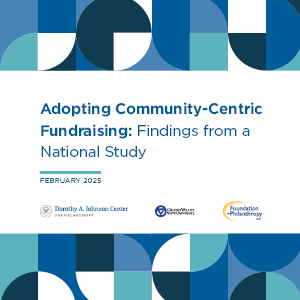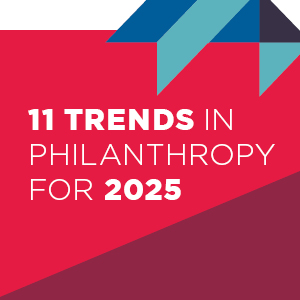The Current Landscape of Hybrid and Remote Work Across U.S. Workers
The COVID-19 pandemic accelerated the adoption of hybrid work models, especially in nonprofits. Despite initial shifts, the majority of U.S. workers have returned to fully on-site work, challenging assumptions about the prevalence of remote work.













